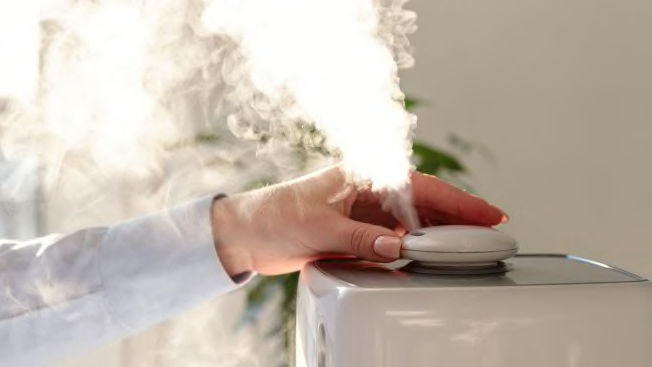Smarter: How Many Times Can You Thaw and Refreeze Meat?

Is it safe to refreeze thawed meat? Can you do it again and again? These are the questions I often ask myself as I continue on my journey as a questionable home cook.
This week I’m looking into whether my practice of shuttling portions of meat back and forth between the freezer and the counter is safe. Also in this issue: the worst home products we tested last year, and do you really need to fill your humidifiers with distilled water?
THE BIG STORY:
‘Meat of the Matter’To be clear, it’s never my intention to thaw and refreeze meat again and again, like I’m stuck in some Food Network version of “Groundhog Day.”
But it’s what often ends up happening anyway. Most of the time it’s because I’ve forgotten to separate the ground pork I bought into smaller portions, and I have to refreeze the remnants I didn’t cook.
I’m certainly not a stranger to yoyo-ing meat in and out of the freezer, though it’s only recently that I’ve begun to wonder if this is all safe.
THE GOOD STUFF
Apologies in advance for all these products we’re calling out, but here are the worst ones we tested last year.
TIP OF THE WEEK
For people who have issues falling asleep, these suggestions might help, according to a nationally representative Consumer Reports survey.
Sleep cooler. I know we’re still in the throes of winter, but it’s good to keep in mind that the best temperature for sleeping is around 65° F, which is lower than you might think.
Ninety-five percent of the people we surveyed who purchased a cooling device, such as an A/C or a fan, said it helped them sleep.
(And if you tend to run hot while you sleep, cooling mattress toppers are an option to consider. These are the best we’ve tested.)
Blackout shades and curtains are worth it. Eighty-eight percent of Americans who purchased them to help improve their sleep rated them as “very” or “somewhat effective.”
And if you don’t want to install window coverings, eye masks are a good alternative. Here are the best sleep masks evaluated by us (available to CR members). Our top choice, the Mzoo, costs less than $20 (available on Amazon and Walmart).
A new mattress can help improve sleep. Mattress pads, however, seem to be less effective, according to our survey. If you want to find a mattress that works for your needs and budget, check out our mattress selector tool (available to CR members).
What about trendy items such as a sleep-tracking app or weighted blankets? Are they effective at all? Here’s what people had to say.
MUST-READS OF THE WEEK
☕ Is There More Caffeine in Espresso Than in Coffee?
And the other important question: How much coffee is too much coffee?
🚗 Who Owns Which Car Brands?
A road map to the confusing family tree that is the car industry.
💕 Best Valentine’s Day Gifts Under $50
From a beautiful box of chocolates to self-care essentials like a sleek sleep mask.
🏠 Best Homeowners Insurance Companies From Consumer Reports’ Ratings (available to CR members)
The three top winners from our ratings of 24 insurance carriers.
ASK AN EXPERT

Photo: Getty Images Photo: Getty Images
Question:
Do humidifiers need distilled water?
Answer:
It’s not a must, but it helps. The mist of ultrasonic cool-mist humidifiers can leave a white dust, tiny particles of mineral precipitate, on surfaces. So to prevent that dust from occurring, you can use distilled or filtered water instead of tap water.
Additionally, if there are fewer minerals in your water, there may be less buildup in the humidifier for you to clean, says Misha Kollontai, an engineer who leads the testing of humidifiers at CR.
For tips on how to clean your humidifier and prevent mold from growing, check out our advice here.

"Love a meat-cute."
Thanks for reading Smarter! If you want more tips that will make you a little bit smarter, sign up to have the newsletter delivered straight to your inbox every week.
















